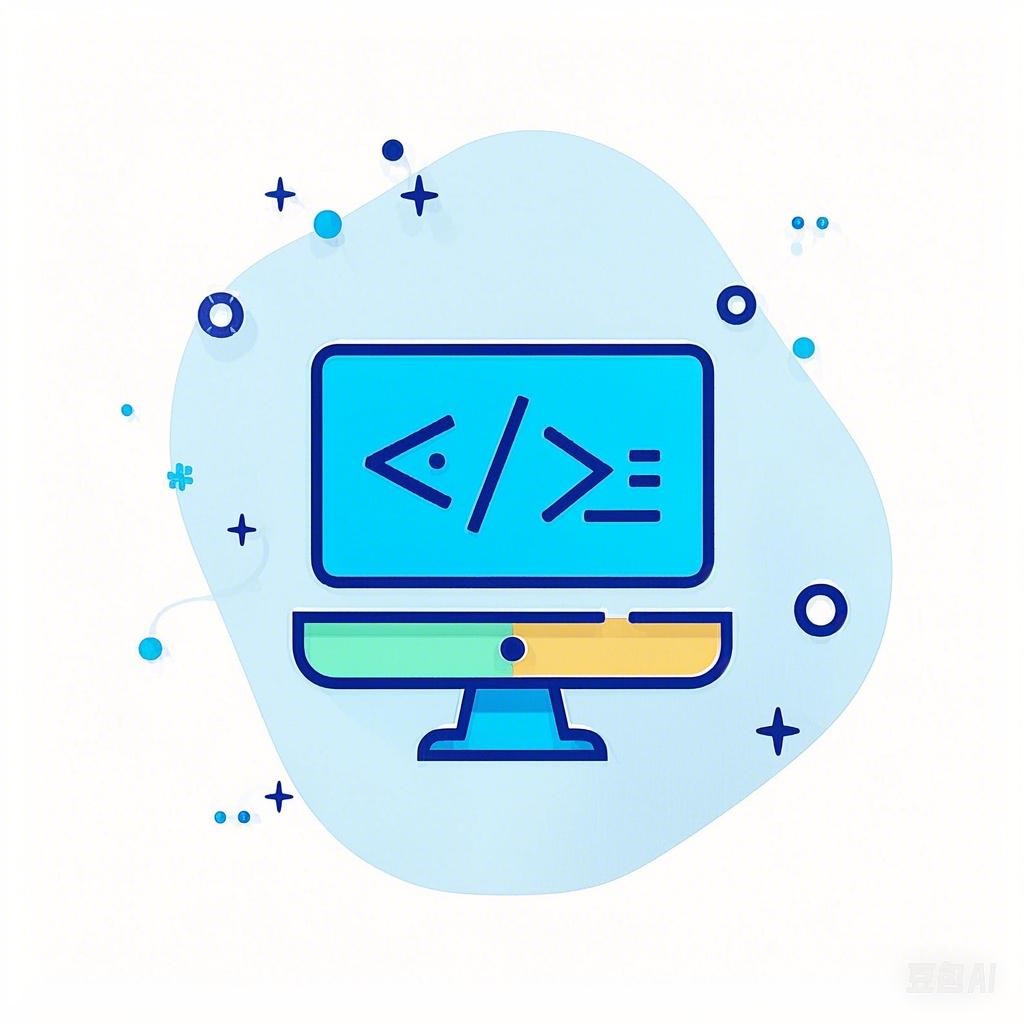深度学习作为人工智能领域的一个重要分支,其模型在处理复杂任务时往往表现出色。然而,由于深度学习模型的复杂性,其内部工作机制往往难以理解和解释。为了更好地理解和优化深度学习模型,可视化技巧成为了至关重要的工具。本文将详细介绍几种深度学习可视化技巧,帮助读者深入理解模型背后的秘密。
一、模型结构可视化
1.1 模型结构图
模型结构图是展示模型层次和连接关系的直观工具。通过绘制模型结构图,可以清晰地了解模型的输入、输出以及各个层之间的关系。
代码示例:
import matplotlib.pyplot as plt
from keras.utils.vis_utils import model_to_dot
from keras.models import load_model
# 加载模型
model = load_model('path_to_model.h5')
# 绘制模型结构图
dot = model_to_dot(model, show_shapes=True, show_layer_names=True)
plt.figure(figsize=(20, 20))
plt.imshow(dot, cmap='gray')
plt.axis('off')
plt.show()
1.2 网络激活可视化
网络激活可视化用于展示模型在特定层或神经元上的激活情况。通过观察激活情况,可以了解模型在处理输入数据时的关注点。
代码示例:
from keras.models import load_model
from keras.preprocessing import image
from keras.applications import VGG16
# 加载模型和预训练权重
model = VGG16(weights='imagenet')
# 加载图像
img = image.load_img('path_to_image.jpg', target_size=(224, 224))
img_data = image.img_to_array(img)
img_data = np.expand_dims(img_data, axis=0)
# 获取特征图
activations = model.predict(img_data)
for i, activation in enumerate(activations):
plt.figure(figsize=(10, 10))
plt.imshow(activation[0, :, :, 0], cmap='gray')
plt.axis('off')
plt.show()
二、模型行为可视化
2.1 损失函数可视化
损失函数可视化用于观察模型在训练过程中的学习情况。通过绘制损失函数曲线,可以了解模型在训练过程中是否稳定收敛。
代码示例:
import matplotlib.pyplot as plt
import numpy as np
# 假设有一个包含损失值的列表
loss_values = np.array([0.1, 0.15, 0.2, 0.25, 0.3])
plt.figure(figsize=(10, 6))
plt.plot(loss_values)
plt.xlabel('Epoch')
plt.ylabel('Loss')
plt.title('Loss Function Visualization')
plt.show()
2.2 模型准确率可视化
模型准确率可视化用于展示模型在训练和验证过程中的性能表现。通过绘制准确率曲线,可以了解模型在训练过程中是否过拟合或欠拟合。
代码示例:
import matplotlib.pyplot as plt
import numpy as np
# 假设有一个包含训练和验证准确率的列表
train_accuracy = np.array([0.8, 0.85, 0.9, 0.95])
val_accuracy = np.array([0.75, 0.8, 0.85, 0.9])
plt.figure(figsize=(10, 6))
plt.plot(train_accuracy, label='Train Accuracy')
plt.plot(val_accuracy, label='Validation Accuracy')
plt.xlabel('Epoch')
plt.ylabel('Accuracy')
plt.title('Accuracy Visualization')
plt.legend()
plt.show()
三、模型可解释性可视化
3.1 Grad-CAM
Grad-CAM是一种用于可视化CNN模型决策的技术。通过Grad-CAM,可以了解模型在处理输入图像时关注哪些区域。
代码示例:
import matplotlib.pyplot as plt
from keras.models import load_model
from keras.preprocessing import image
from keras.applications import VGG16
from keras.applications.vgg16 import preprocess_input
# 加载模型和预训练权重
model = VGG16(weights='imagenet')
# 加载图像
img = image.load_img('path_to_image.jpg', target_size=(224, 224))
img_data = image.img_to_array(img)
img_data = np.expand_dims(img_data, axis=0)
img_data = preprocess_input(img_data)
# 获取模型最后一层的输出和梯度
outputs = [layer.output for layer in model.layers]
grads = [K.gradients(model.output, layer.output)[0] for layer in model.layers]
# 创建一个函数,用于获取给定图像的Grad-CAM热图
def get_gradcam(model, img_data, target_layer):
output, grad = target_layer.output, grads[target_layer.index]
cam = K.function([model.input, K.learning_phase()], [output, grad])
output_val, grad_val = cam([img_data, 1])
grad_val = grad_val[0, :, :, 0]
cam_weight = np.mean(grad_val[0, :, :, :])
cam = grad_val[0, :, :, :] * cam_weight
return cam
# 获取Grad-CAM热图
gradcam = get_gradcam(model, img_data, model.layers[-1])
# 将Grad-CAM热图添加到原始图像上
gradcam = np.uint8(255 * gradcam)
cam = cv2.resize(gradcam, (img_data.shape[1], img_data.shape[2]))
heatmap = cv2.applyColorMap(cam, cv2.COLORMAP_JET)
img = heatmap * 0.4 + img_data * 0.6
# 显示图像
plt.imshow(img)
plt.axis('off')
plt.show()
3.2 LIME
LIME(Local Interpretable Model-agnostic Explanations)是一种用于解释模型决策的技术。通过LIME,可以了解模型在处理特定输入时的决策过程。
代码示例:
import lime
from lime import lime_image
# 加载图像
img = image.load_img('path_to_image.jpg', target_size=(224, 224))
img_data = image.img_to_array(img)
img_data = np.expand_dims(img_data, axis=0)
img_data = preprocess_input(img_data)
# 创建LIME解释器
explainer = lime_image.LimeImageExplainer()
# 获取LIME解释
explanation = explainer.explain_instance(img_data, model.predict, top_labels=5)
# 显示解释结果
plt.imshow(explanation.top_image)
plt.show()
总结
本文介绍了深度学习可视化技巧,包括模型结构可视化、模型行为可视化和模型可解释性可视化。通过这些可视化技巧,可以更好地理解和优化深度学习模型。希望本文能为读者提供有价值的参考。
